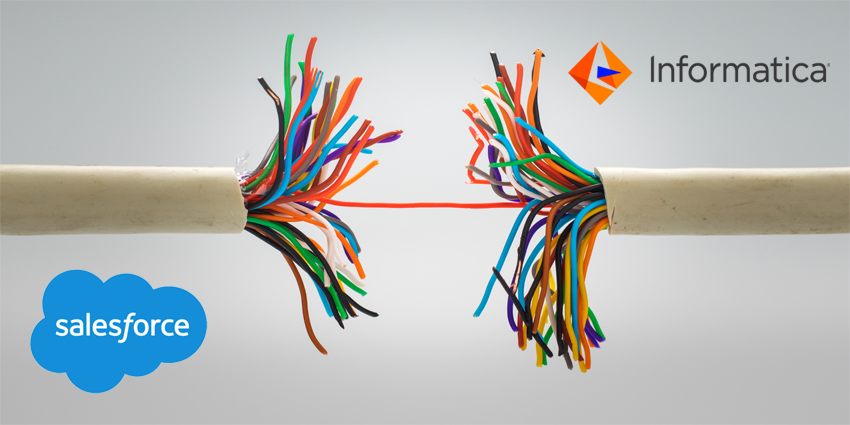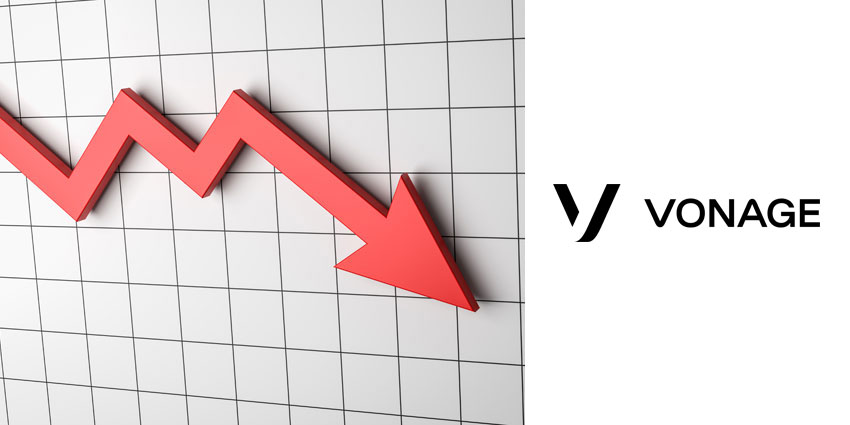Customer experience is one of the most important considerations for any business owner. If you’re not delivering the incredible experiences that your customers now expect, they’ll find another company that can. Unfortunately, while most organisations understand the value of CX today, and the role that contact centres play in it, it can be difficult to determine the best strategies for optimisation.
Vinod Muthukrishnan, Chief Growth Officer of Cisco Contact Center, recently published an article explaining that customer experience isn’t defined by a single moment in time. Instead, he believes that customer experience is more akin to a journey, and organisations need to be aware of every step that the client takes towards success. I caught up with Vinod to discuss this idea further.
How Do You Define Customer Experience as a Journey?
According to Vinod, most people in the corporate landscape define customer experience from their own perspective, based on the things that they’re responsible for in their organisations, and the interactions they see. However, business leaders need to take off their corporate hat and go a step further to get an accurate understanding.
“The way someone feels about a company isn’t based on a single interaction. People make decisions based on a multitude of experiences. Your consumers are constantly on a journey with your business, engaging in transactions and other interactions”
Muthukrishnan noted that some points in the customer journey may be more valuable than others, but companies can’t know for certain which experiences will tip the scales. Among the experts, three drivers seem to determine customer experience excellence most. The first is whether the customer can successfully accomplish their goals when engaging with the organisation. The second is what level of effort they need to use to accomplish their goals, and the third is how they feel about going through the process. Feelings are paramount, as they translate into positive or negative word of mouth, and ultimately, loyalty.
What’s Crucial to CX Excellence Today?

Vinod told me that customer experience excellence is defined by a few different vectors. The holy grail for all companies is to deliver a personalised, relevant experience, based on a deep understanding of the customer. Some clients are all about getting discounts, while others just want faster experiences. Companies need to know what matters to their target customer so they can deliver the right results.
“There’s a massive focus on omni-channel at the moment, too. Companies frequently confuse omni-channel with having a presence across channels. However, having 10 channels doesn’t make you omni-channel. The ability to combine that journey across platforms is what matters.”
Muthukrishnan says that customers might start their journey on a mobile app and then call a contact centre for more information. The customer wants to know that your agent will be aware of what they did on the app before calling the company.
How is Decision Making Changing?
Vinod said that the higher goal with experience management right now is to move away from a world where people make decisions based on ad hoc surveys and anecdotal evidence. Customer experience is shifting into an environment where experience comes from the lens of the customer. Teams need to learn how to walk in the shoes of their customer. Technology can help here.
Truly evaluating customer experience means inspecting the customer experience as it is right now. “Historically, you would use market research based on insights from 100 people taking a survey. However, the world is constantly changing at such a fast pace now that historical data is no longer relevant. What your customers wanted a year or even a week ago isn’t necessarily what they want now.”
Muthukrishnan said that today’s companies need to be pre-emptive and real-time. The way businesses have to evolve is to be aware of what’s happening for customers right now. A proactive and predictive system is essential to excellent experiences. Business leaders need to focus on real-time changes and trends. Moving away from retrospective “postmortem” analytics is a must.
Why is Predictive Analytics a Game Changer?
To be prepared both in the present and the future, Cisco believes that companies need to move to a focus on pre-emptive and predictive analytics that they can view in real-time.
“You can give your customers 100 different things to keep them coming back to your website, from free returns to discounts, and more support from staff. However, each of these additions to the journey cost time and money. Historically, companies have had to just guess at what would work, and waste money and resources in the process.”
However, with predictive and pre-emptive analytics, businesses can get a better insight into the things that will actually make the most difference to their customers. Today’s contact centres have a myriad of ways to view the customer experience. However, lack of analytics means that companies aren’t taking full advantage of their insights into customer journeys.
“At Cisco, we’re developing features that help businesses get a better view and understanding of the voice of the customer. There’s even the option of AI to make a massive difference to the contact centre for both agent and customer experiences.”
“Agents get the right support by getting access to the information they need automatically, so there’s less fragmentation in the customer discussion”
What Will the Future of CX Look Like?
According to Vinod and Cisco, the future of contact centre support and customer experience will move beyond the reactive approaches that companies are used to taking to get information about their audience. Some organisations even believe that the holy grail is creating an experience that’s so predictive, there’s no need for a customer to contact the company at all.
Other brands are looking for a way to combine customer care and experience management in a more holistic approach to the customer journey. The only way to move forward either way is with access to the right journey analytics, orchestration tools, and predictive analytics.
For Cisco, the right analytics are the key to companies being able to drive predictive and meaningful actions for customers, which deliver the experiences customers deserve.
Cisco believes that the future of customer experience is predictive, and pre-emptive.







